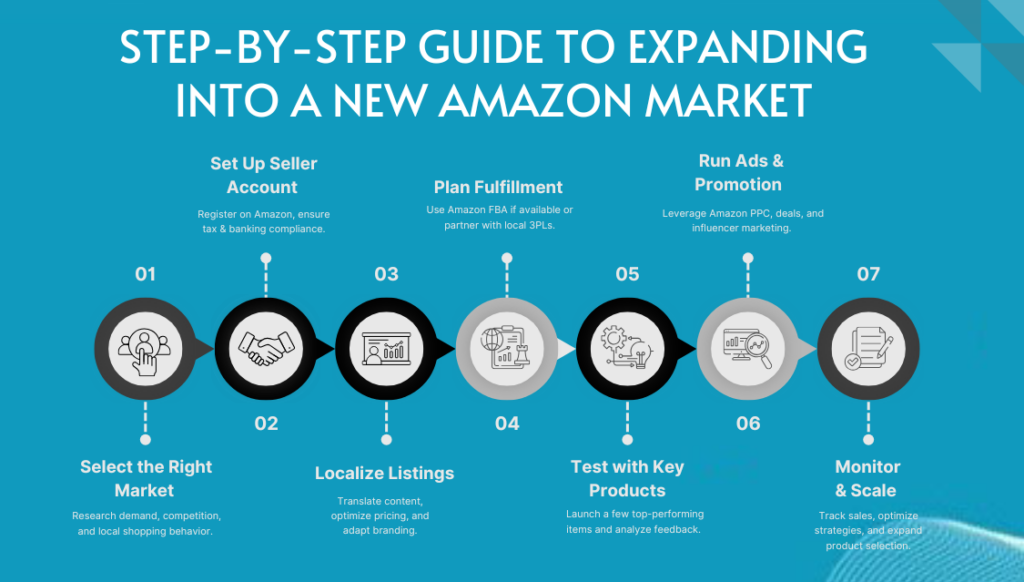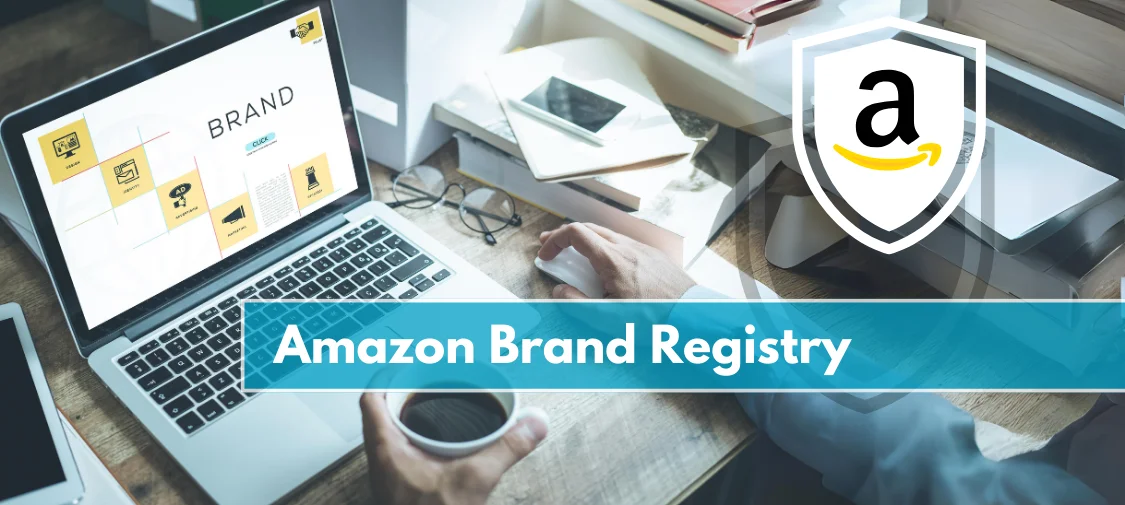Amazon
Should Your Brand Enter Amazon’s Emerging Markets? Key Considerations for 2025
Expanding your brand beyond established Amazon marketplaces like the U.S., U.K., or Germany can be a game-changer. With Amazon increasing its presence in high-growth regions such as India, Brazil, and parts of Southeast Asia, many brands are asking whether they should tap into these opportunities. Emerging markets promise access to millions of new customers, but they also come with unique challenges. Should your brand make the leap? Here’s what you need to consider before expanding into Amazon’s emerging markets in 2025.
Understanding Amazon’s Emerging Markets
Amazon’s emerging markets refer to regions where e-commerce is still developing but growing rapidly. Countries like India, Brazil, Mexico, and Indonesia are seeing significant increases in online shopping, driven by rising internet penetration, mobile commerce, and improved logistics. These markets present exciting opportunities, but success requires a well-thought-out approach.
According to eMarketer, India’s e-commerce market is expected to grow at an annual rate of over 20%, making it one of the fastest-growing regions. Amazon has already committed billions in investment to support its expansion in India, and similar commitments are being made in Latin America. As these markets mature, early adopters will have a chance to establish themselves before competition becomes intense.
Opportunities in Emerging Markets
1. A Rapidly Expanding Customer Base
Amazon’s growth in emerging markets is being fueled by millions of new online shoppers. In India, for example, over 100 million people are expected to shop online by 2025. In Brazil, e-commerce sales have been rising by more than 30% annually. If your brand can establish a presence now, you can build strong customer loyalty before these markets become oversaturated.

2. Early-Mover Advantage
Competition in these markets is still relatively low compared to mature regions like the U.S. and Europe. By entering now, your brand can take advantage of Amazon’s increasing infrastructure investments, including fulfillment centers, localized advertising solutions, and streamlined payment options.
3. Diversification and Risk Mitigation
Relying solely on North American or European sales exposes your business to regional economic downturns, regulatory shifts, or unexpected changes in consumer behavior. Expanding into new markets creates additional revenue streams and reduces dependence on any single region.
4. Lower Advertising Costs
Amazon PPC costs in emerging markets are often significantly lower than in established marketplaces. If your brand struggles with high CPC (Cost-Per-Click) bids in the U.S. or U.K., advertising in a less competitive marketplace could improve ROI.
Challenges of Selling in Amazon’s Emerging Markets
1. Cultural and Consumer Behavior Differences
Understanding how consumers shop in emerging markets is essential. In some regions, buyers prioritize value and affordability, while in others, brand recognition plays a more significant role. For example, in India, cash-on-delivery remains a popular payment method, whereas in Brazil, installment payments dominate e-commerce purchases.
2. Logistics and Fulfillment Complexities
Shipping and order fulfillment in these markets can be more complicated than in North America or Europe. Amazon’s Fulfillment by Amazon (FBA) network is expanding, but not all services are as developed as they are in the U.S. Partnering with local third-party logistics (3PL) providers may be necessary to ensure efficient delivery.
3. Regulatory and Tax Considerations
Every country has unique e-commerce regulations, import duties, and tax structures. For instance, Brazil imposes high import taxes that can make pricing products competitively challenging. India’s evolving e-commerce laws require compliance with local seller regulations. Navigating these challenges requires careful planning and legal assistance.
4. Currency Exchange and Payment Issues
Managing currency fluctuations and ensuring smooth payment processing can be complicated. Some emerging markets have unstable currencies, making profit margins unpredictable. Amazon offers localized payment solutions, but you’ll need to factor in conversion rates and banking restrictions.
Key Trends and Considerations for 2025
1. AI-Powered E-commerce Growth
Artificial Intelligence (AI) is transforming how consumers discover and purchase products. In emerging markets, AI-driven personalization and voice search are gaining traction. Brands that optimize their listings for AI-powered recommendations will gain a competitive advantage.
2. Increased Mobile Commerce
Mobile shopping dominates in emerging markets, with a majority of purchases happening via smartphones. Ensuring that your Amazon product listings are mobile-optimized with clear images, concise descriptions, and localized content is crucial.
3. Social Commerce Integration
Many consumers in these markets rely on social media for product discovery. Amazon is increasingly integrating social commerce features, such as influencer collaborations and live shopping events. Leveraging these tools can enhance brand visibility and trust.
4. Sustainability and Ethical Sourcing
Consumers worldwide, including in emerging markets, are becoming more conscious of sustainability. If your brand emphasizes eco-friendly practices or ethical sourcing, highlighting these aspects can attract a growing base of responsible shoppers.
Actionable Tips for Entering Amazon’s Emerging Markets

1. Research Market Demand Before Expanding
Conduct in-depth research to understand demand, pricing, and competition. Utilize Amazon’s market insights and tools like Jungle Scout or Helium 10 to analyze trends in specific regions.
2. Localize Your Branding and Messaging
Translating your product listings isn’t enough. Adapt your brand’s messaging, packaging, and customer support to align with local culture and language nuances. Amazon’s A+ Content and Brand Registry tools can help create region-specific listings.
3. Test with a Small Product Selection
Instead of launching your entire catalog, start with a few best-selling products. Monitor performance and customer feedback before scaling up.
4. Leverage Amazon’s Logistics Services
If available, use FBA for fulfillment, as it simplifies shipping and returns. If FBA isn’t an option in a specific market, work with reliable local fulfillment partners.
5. Invest in Amazon Advertising Early
With lower CPC rates in emerging markets, early investments in Amazon PPC and Sponsored Ads can yield high returns. Experiment with different ad formats, including video ads, to maximize engagement.

How Prime Retail Solution Can Help!
Expanding into new Amazon markets can be complex, but with the right partner, it becomes manageable. At Prime Retail Solution, we help established brands navigate global expansion by offering:
- Market research and competitor analysis
- Regulatory compliance assistance
- Optimized listing creation and localization
- Fulfillment and logistics support
- Amazon advertising management
Final Thoughts
Amazon’s emerging markets present a lucrative opportunity for established brands looking to grow globally. While the potential rewards are significant, success depends on thorough research, strategic execution, and adaptability. By understanding the market dynamics, leveraging Amazon’s resources, and working with experienced partners, your brand can successfully enter and thrive in these high-growth regions.
Ready to expand? Contact Prime Retail Solution today and start your global Amazon journey!
Share





